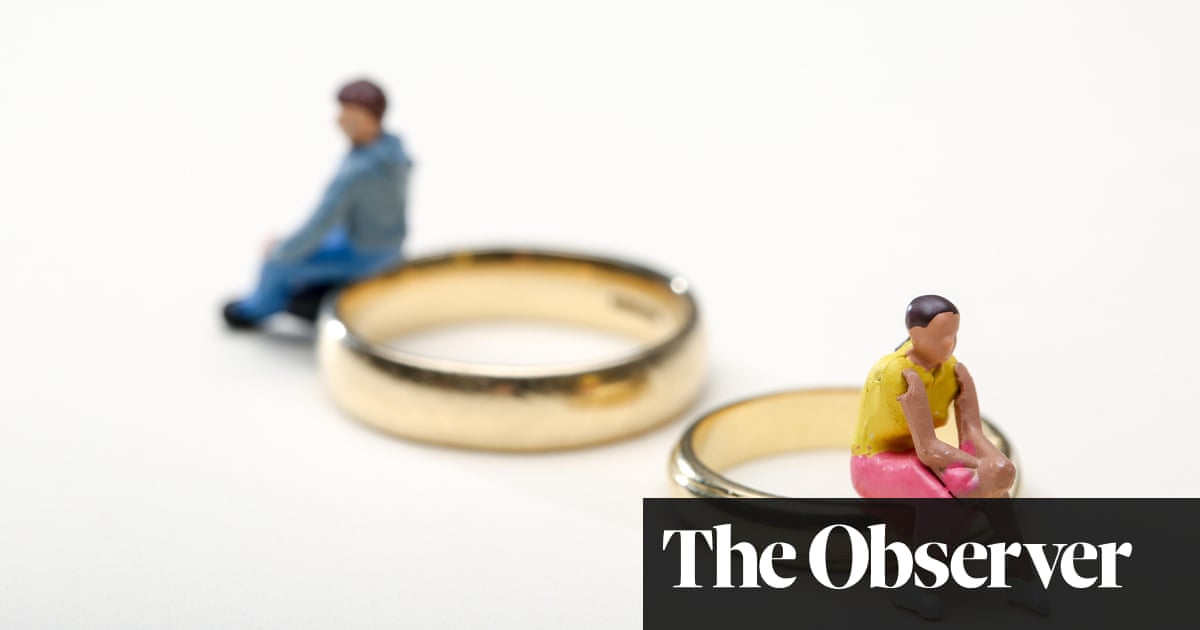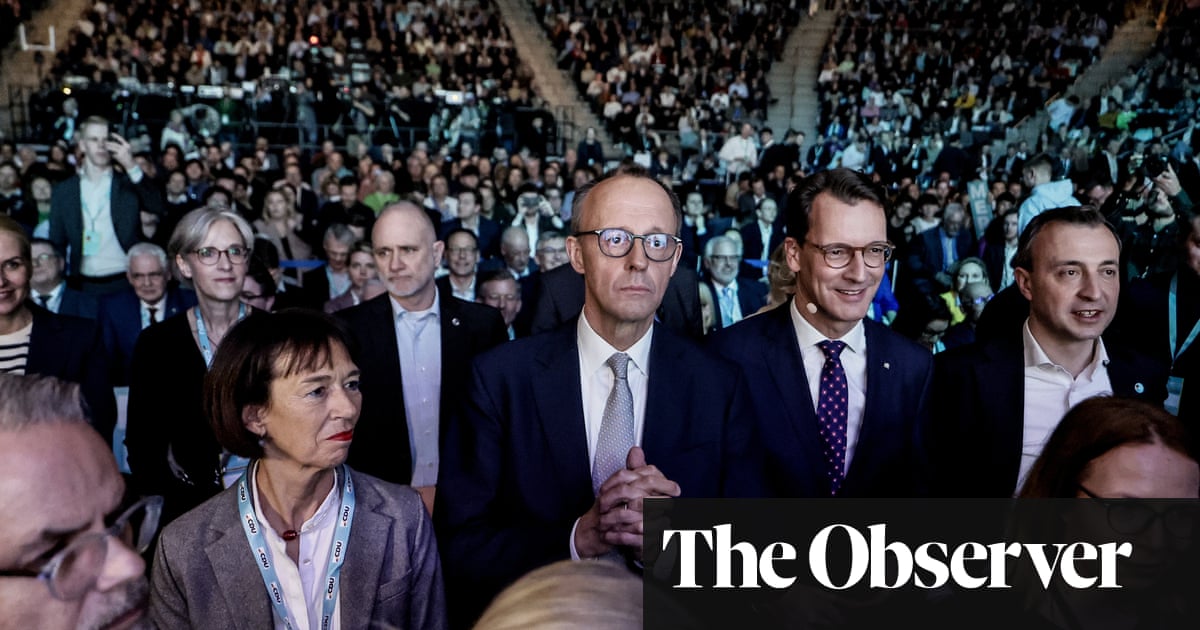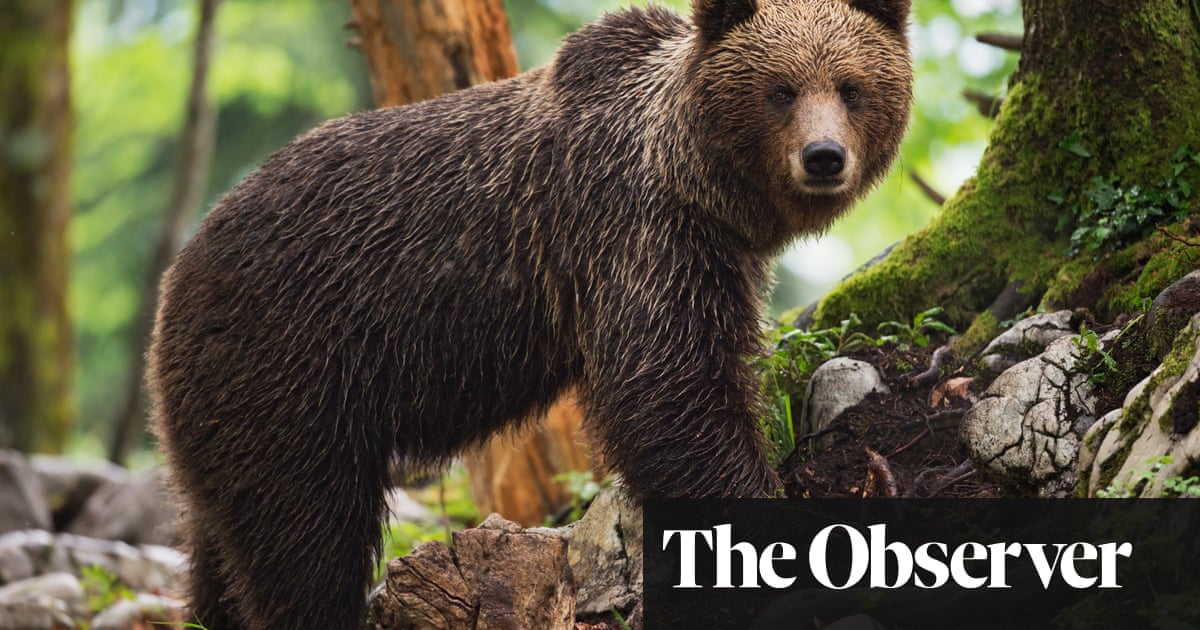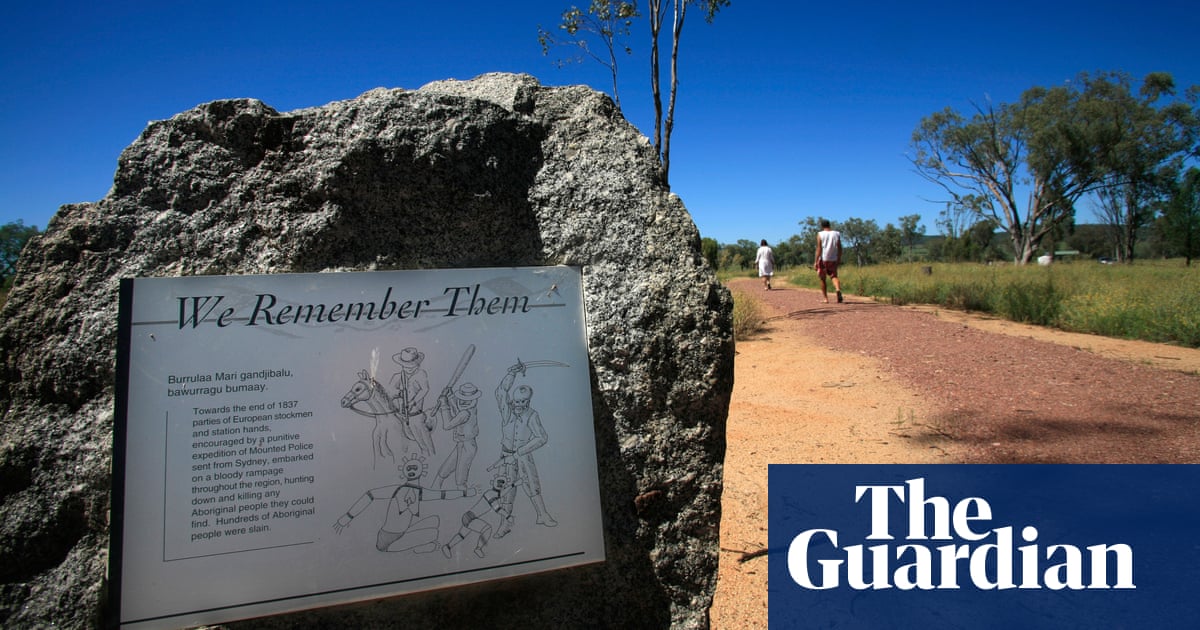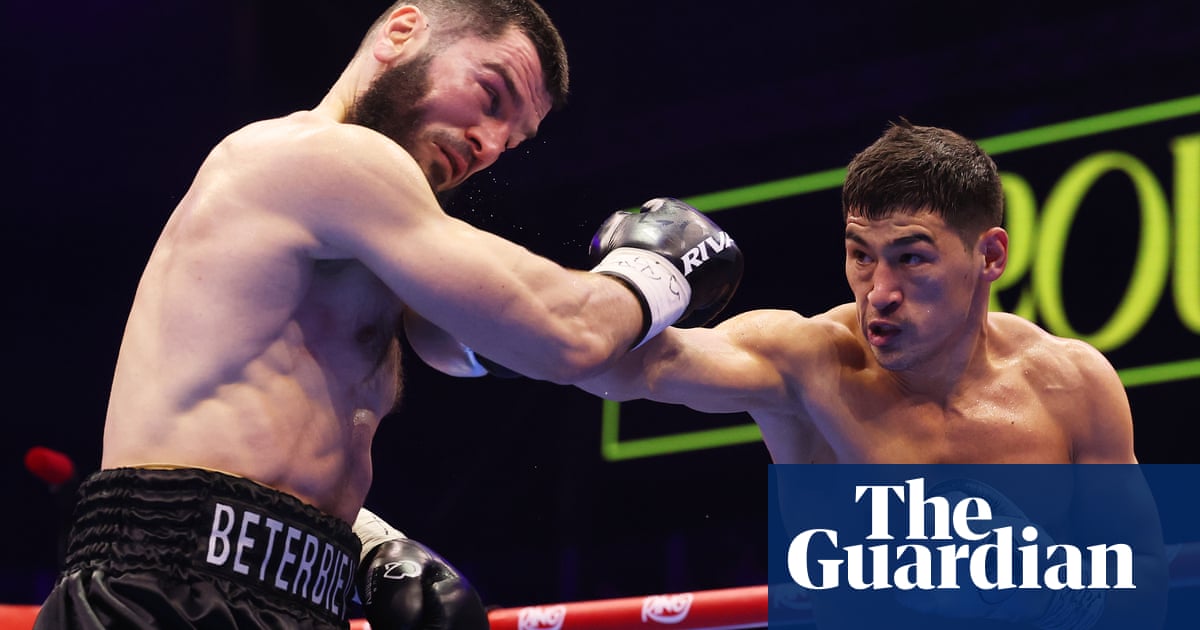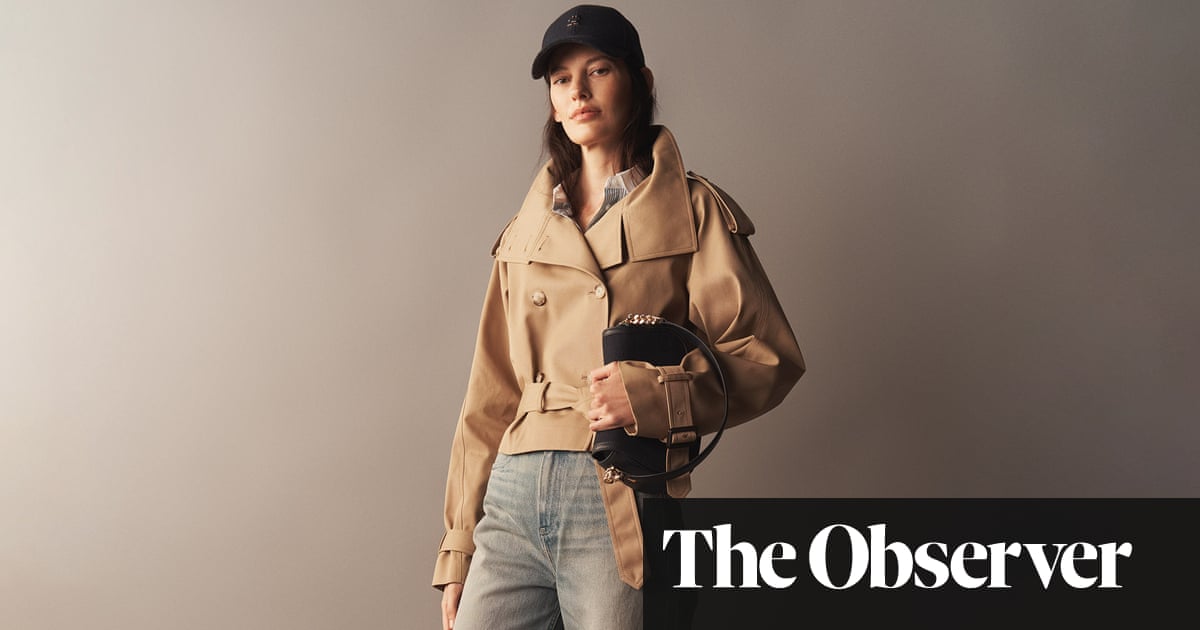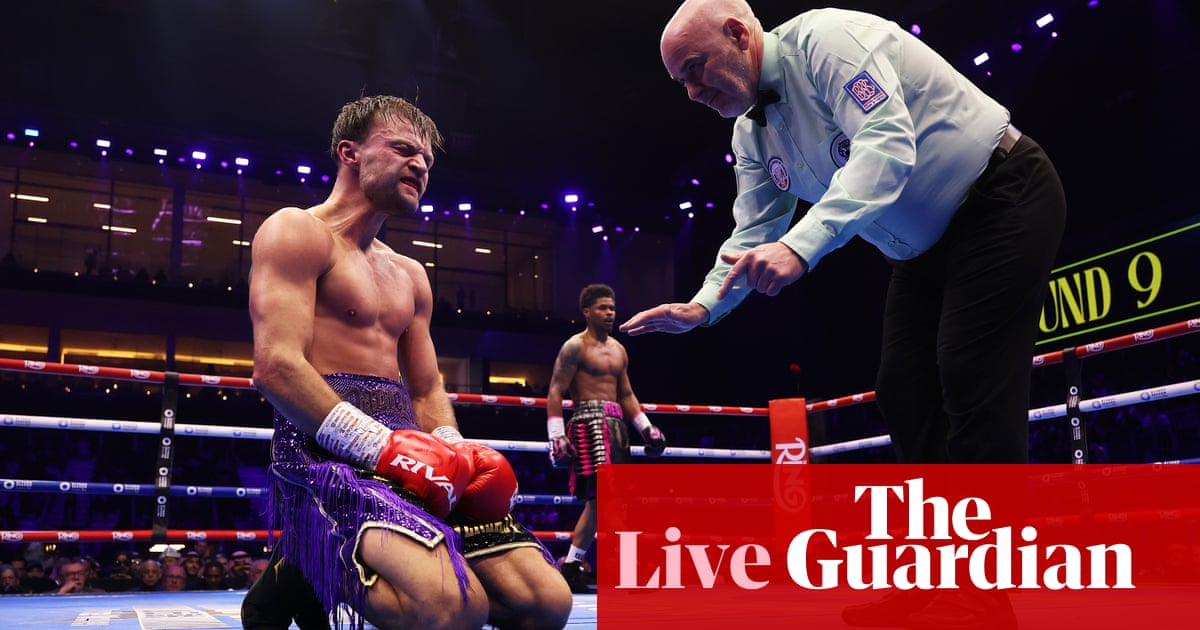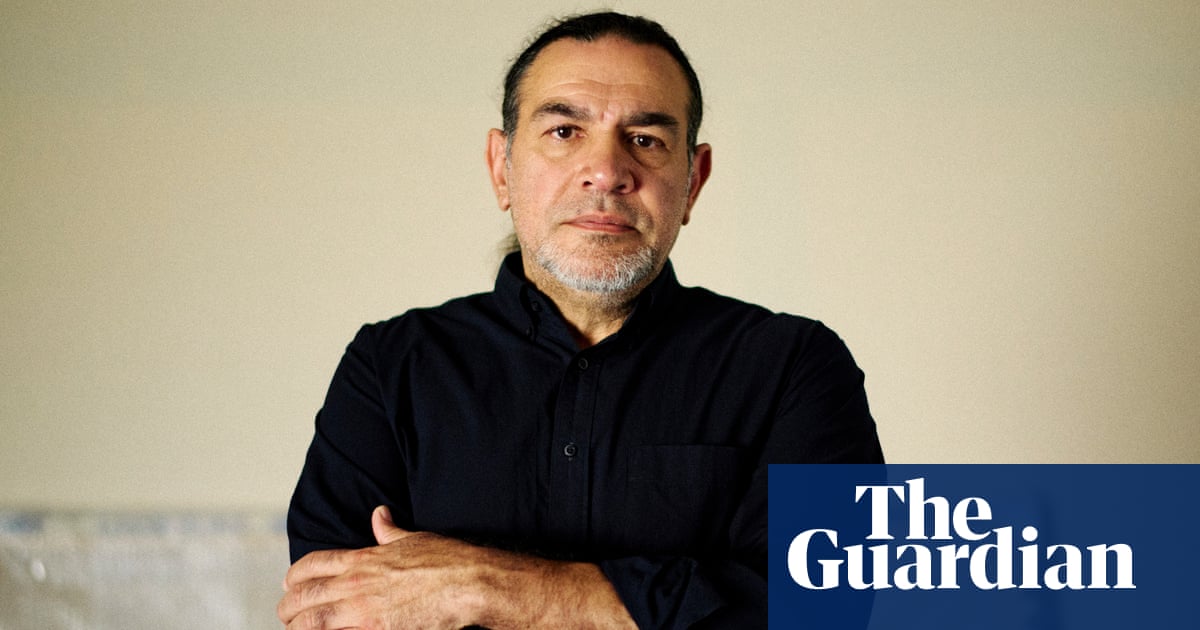The Zabola estate’s wrought-iron gates swing open and an avenue of chestnut trees stretches before me. Beyond them lies a serene Transylvanian landscape of rolling hills, lakes and gardens surrounding a grand yellow-ochre castle (which has the comfiest beds I’ve ever slept in). I instantly feel myself relax – this place, hidden in a forested valley in Romania’s Carpathian mountains, is a dreamy oasis for a winter weekend, and somewhere I have been before for proper R&R.

In past centuries, people from all over the Austro-Hungarian empire, of which the region of Covasna, surrounding Zabola village and castle were once part, came here to heal. The area, above a dormant volcano (last eruption: 20,000 years ago), has bubbly mineral springs below the surface but was never as famous as the spas of Bad Gastein in Austria or Karlovy Vary in the Czech Republic, and hence is still affordable. Rooms at Zabola range from €80 to €300 a night, with treatments from €30, while the bus from Braşov city to Covasna takes an hour and costs less than €20.
After being shown to my room, I begin my retreat with a gin and tonic on the castle’s terrace (happily, the vibe here isn’t strictly alcohol-free), soaking up the thin warmth of a winter sun. Snow tops the peaks around us, visible as I amble up the hill behind the estate to the Finnish sauna in the woods. I watch the sun dip beyond the distant pines as I steam. Every so often my reverie is broken as I brave the icy plunge pool outside.

Before the second world war, Count Ármin Mikes, who lived in Zabola castle, planned to set up a “healing hotel” by Saint Anne’s lake nearby. He started building wooden huts next to the mineral springs for bathers to change and warm up in. Then war broke out, followed by the communist takeover of Romania. The bathing infrastructure was destroyed and life in this quiet valley became as turbulent as the bubbling earth beneath it.
The aristocratic Mikes family were kicked off their land in 1949 by the communists, who used the castle as a hospital for 40 years. Residents of Zabola village were pressed into collective farms, while the Mikes family were sent to penal camps as “enemies of the state”. One daughter, Katalin Mikes, escaped abroad.
A decade after Romania’s communist dictator Nicolae Ceauşescu was overthrown in 1989, Katalin’s children, the Roy Chowdhurys, scions of Transylvanian and Bengali nobles, reclaimed the crumbling property. They restored it as a hotel with 32 rooms, including 11 new additions this year of self-contained cottages on the estate.
As well as the sauna in the woods, Zabola has a spa in the castle grounds with a classic sauna and hot tub, and treatments ranging from hot stones to full body massages. It’s built in a style reminiscent of south Asia – a nod to the Roy Chowdhury family’s half Bengali heritage – with soothing turquoise interiors and decorative mandala motifs. It’s an idyllic place to chill, and I love spending time here, lounging around between treatments swaddled in a dressing gown, drinking mountain herbal tea and gazing out at the lake, or reading my book perched on the edge of the hot tub.
Beyond the spa, though, there is much to explore. Keen to stimulate the local economy, the family teamed up with guides who offer activities from hiking to hot-spring hunting in the surrounding forests. For my second day, I booked a hike with Zabola’s partner geologist, Zoltán Albert, to find the fabled natural springs. The purest ones are rigged up to drinking taps, and locals sip from them regularly, earning them the nickname “the rusty stomachs”. Apparently, the water, with its high iron and magnesium content, is an excellent hangover cure, reduces inflammation and is great for muscles.
After hiking through pretty woods for an hour, we find a spring and test the water. It tastes foul: fizzy and eggy with notes of bicarbonate of soda. A glass or two is “healthy, good stuff”, says Zoltán, but he recommends that first-timers exercise caution. Too much intense mineral content can cause stomach upset.

Down the hill in Covasna village, Zoltán shows me another local healing method unique to this region: a mofetta basin. It’s a wooden sauna-like structure with a layer of pure carbon dioxide low to the ground (you can’t see the layer of gas inside but markers indicate the level, which should never be too high), and several small spas around Covasna town have them. Standing in a mofetta helps dilate blood vessels to let blood flow better. Zoltán’s father was a cardiologist in the local hospital, where they still use mofette to cure various conditions. I try standing in the wooden basin at the cardiology centre for 10 minutes, and am pleasantly surprised by the warming, energising effect through my body.
Rejuvenated, I head back to the castle for dinner. A grand fireplace casts warmth across wooden beams, silver candlesticks are arrayed on tables, curtains sway by glass doors opening on to the terrace and soft music plays. I dine among guests and a few families who have driven here for the evening. The menu is Transylvanian and Indian, cooked from produce grown in the castle gardens. Particularly tasty are the vindaloo pork belly, a Transylvanian hunter’s Vadas wild boar and the locally caught river trout. I’m then spoiled by somlói galuska (boozy, chocolatey Hungarian dumplings).
after newsletter promotion
After dinner I join the Roy Chowdhury family to learn about the castle’s restoration. The family battled the region’s authorities for 15 years to reclaim their estate. Then, in 2005, they set about transforming the building, in disrepair after years of neglect, into a cosy hotel. With the old family fortunes lost, they hand-decorated, hammered, sawed and nailed the place into shape over 10 years with the help of the village. It’s a period they describe as “a constant art camp”, but it was also a way of healing their relationship with the community.

After dinner I spend a long time roaming the creaking staircases and corridors, finding personal touches on every surface, like the ornate wooden chests fished from local flea markets and lovingly repainted.
The family recently began offering other activities beyond the hotel and spa, all of which complement a wellness retreat. When I visited in winter last year, there were horse-drawn sledge tours and ice skating on the lake. This time the snow had melted by the time I arrived, but in midwinter guests can usually skate for hours on the lake, then warm up in the sauna.
Trekking the wintry estate on horseback proves the perfect pastime instead. I’m guided by Pauline von Hardenburg, Zabola’s expert equestrian, who used to train racehorses before joining the Roy Chowdhury family. I’m a beginner so we take it slowly, trotting up a gentle hill on the estate, while the other horses run wild across the land. From the top, the valley stretches below us, the distant mountains purple fuzz in the ever-present Transylvanian mist.
That afternoon, we drive into the woods for some wild bear spotting, accompanied by the castle’s bear expert, Péter Levente. The Carpathian mountains have the largest population of brown bears in Europe – as well as the wolves and lynxes that roam these forests – and Péter has been tracking them for years. From an enclosed viewing platform we watch four giant bears trundling about the woods, sometimes only metres from us. They stick their heads into holes in search of grubs, becoming more and more Pooh-like as they eat.
After the day’s activities, I go back into relaxation mode and take a long bath in my room. Pink and scrubbed and dressing-gowned, I wander out on to my balcony cradling a glass of Zabola wine, made from local grapes, to gaze at multitudes of stars, visible thanks to the absence of artificial light in this quiet, hidden valley. The past may have been turbulent, but today Zabola is a special peaceful sanctuary.
The trip was provided by the Zabola estate (zabola.com or on booking.com). Rooms from £80-£300; the spa, sauna in the woods, bear spotting, horse trekking and hiking can be booked online

 3 months ago
51
3 months ago
51

